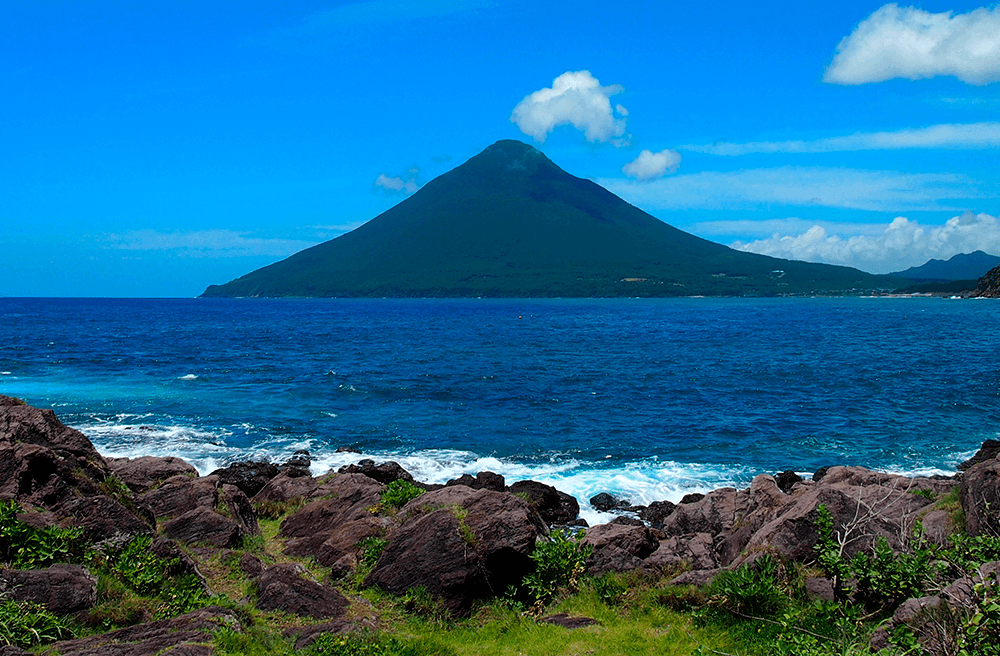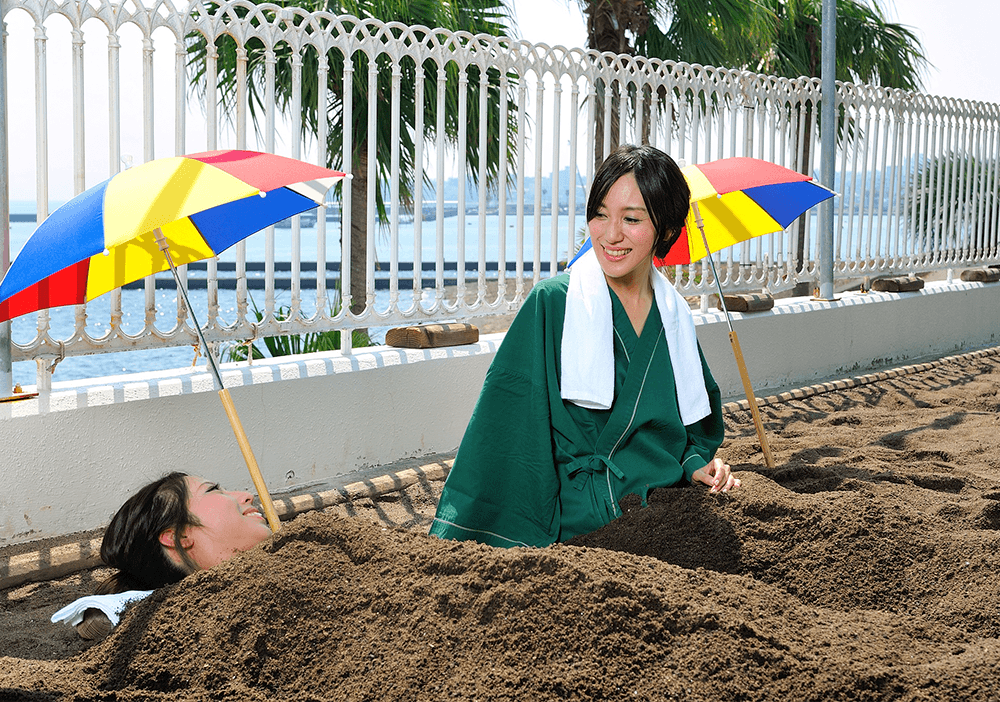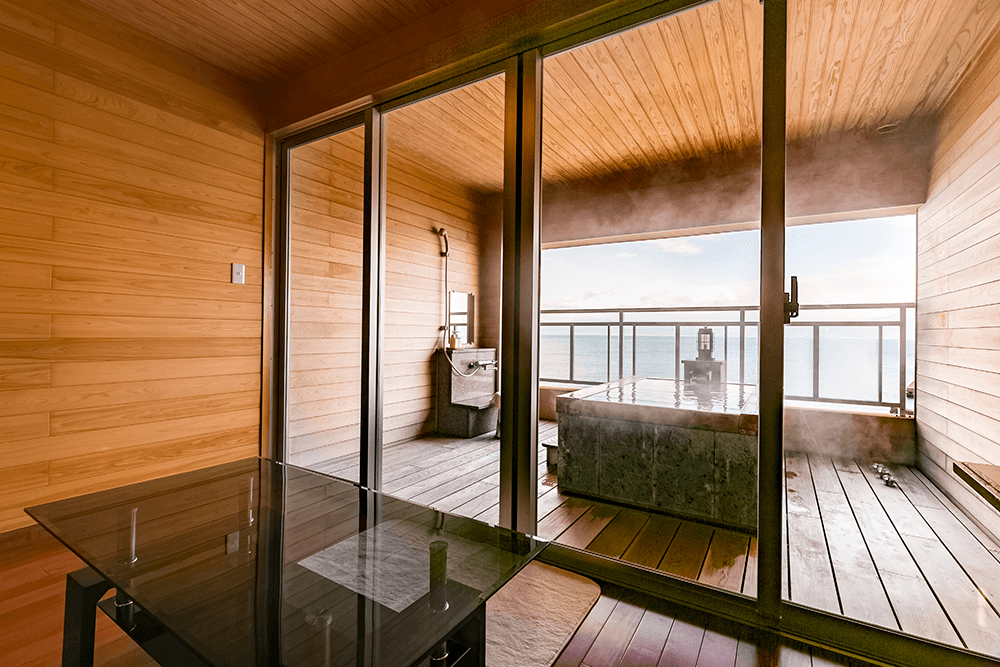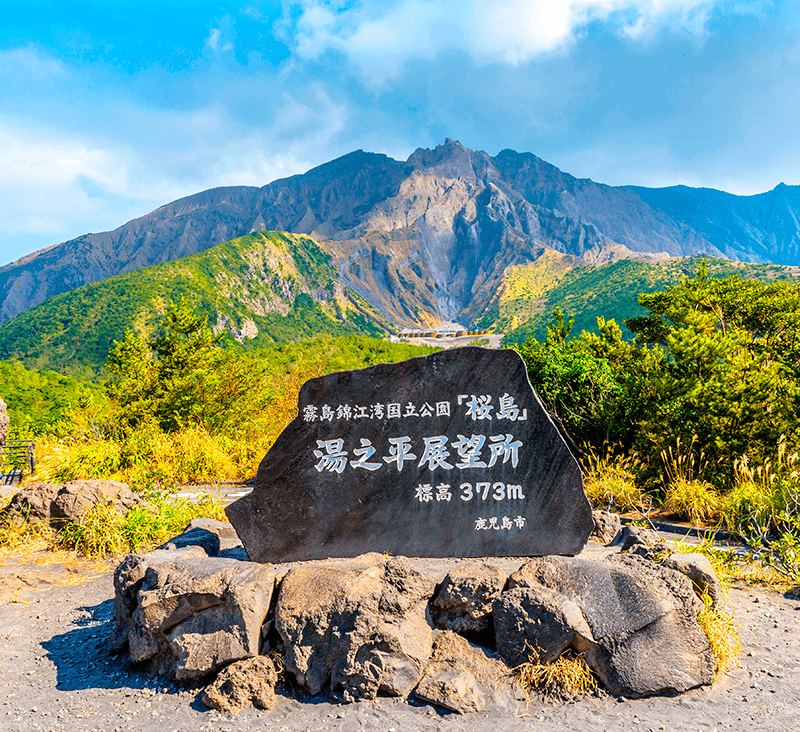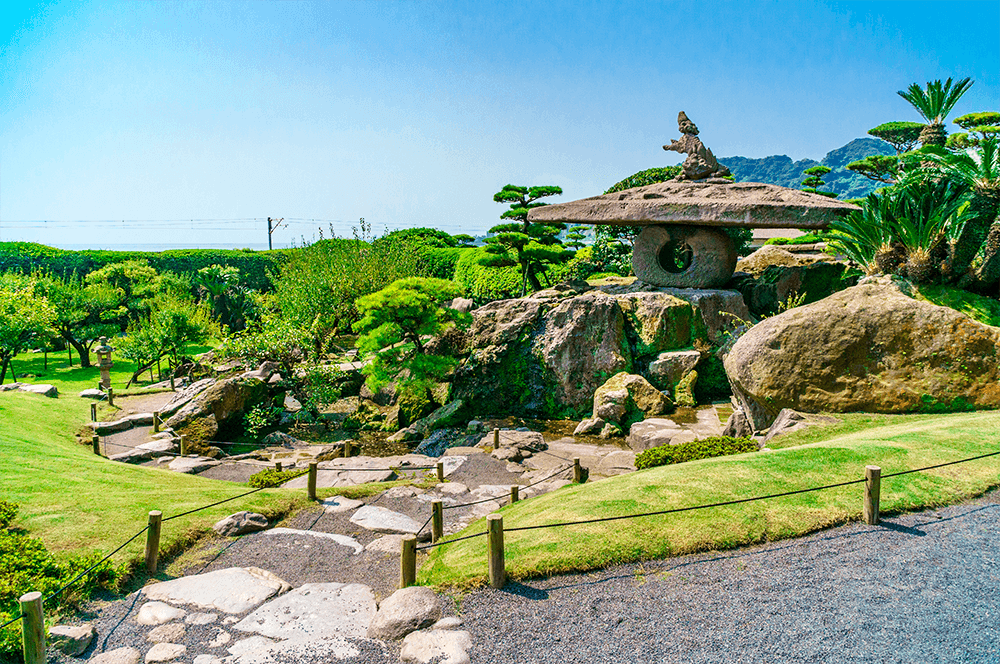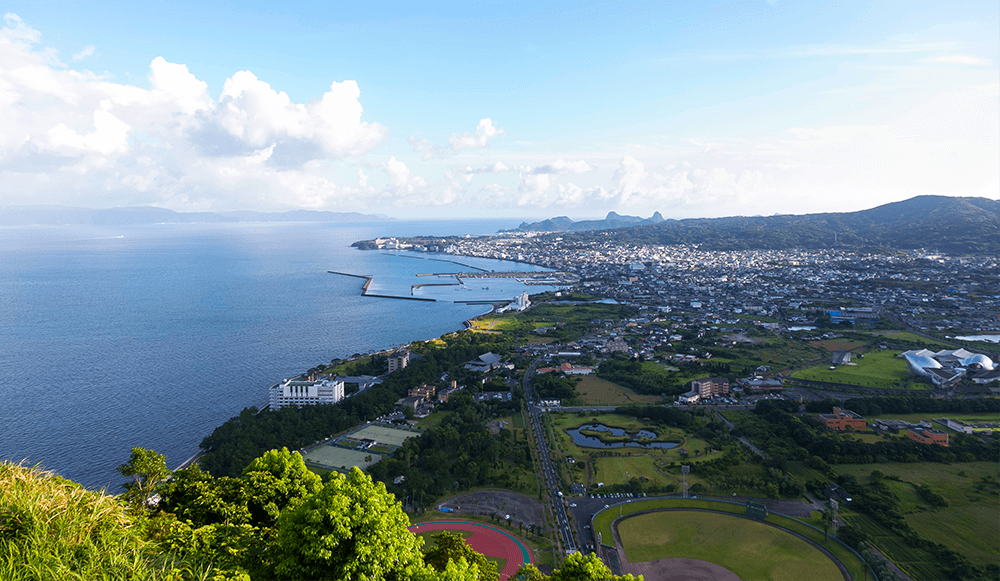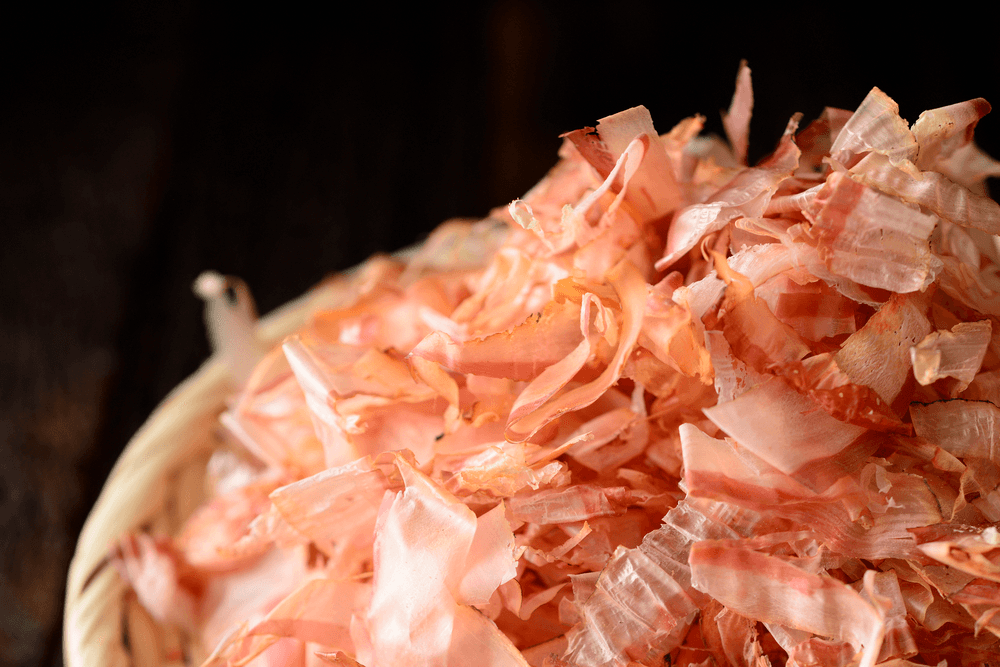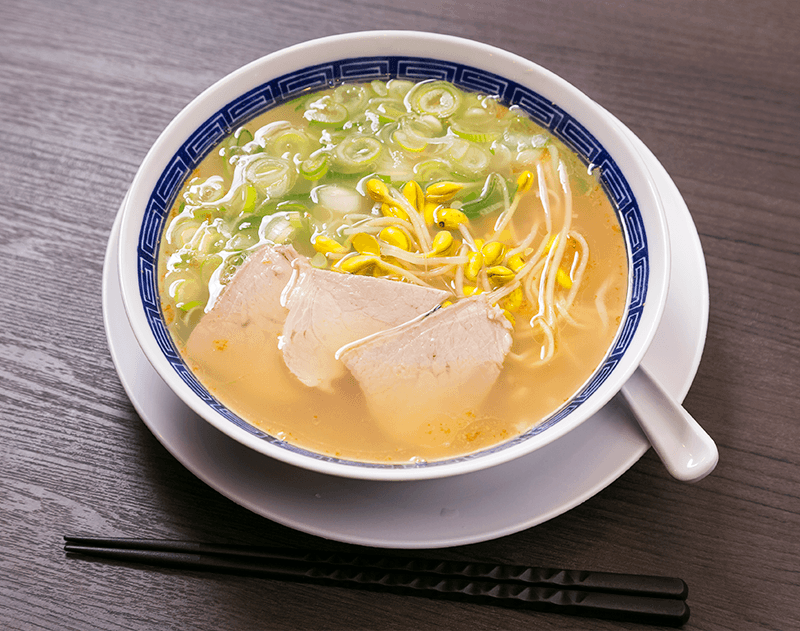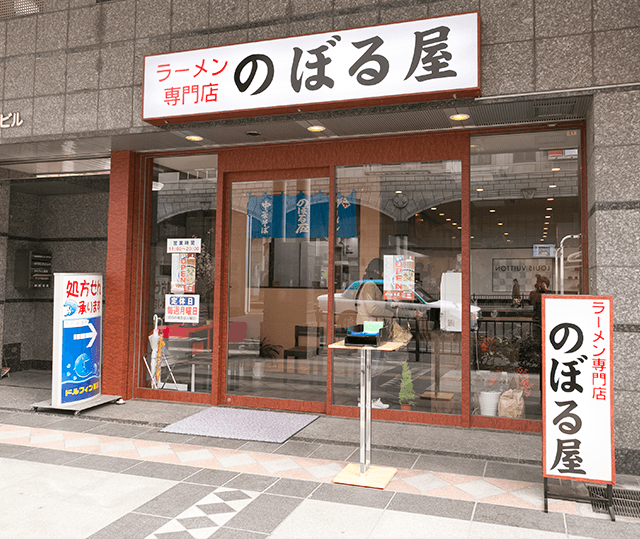Nicknamed the Naples of Japan, Kagoshima is located on the southern tip of Kyushu, and is endowed with some of the most spectacular scenery in the country including seas, mountains, rivers, hot springs, and volcanoes. These are seven things that you should be sure to do on your tour of the land that was once known as Satsuma.
Take a Hot Sand Bath at Ibusuki Seaside Hotel
Opened in Ibusuki City in Kagoshima in 1960, this seaside hotel has long been revered for its hospitality and service. The hotel has also kept up appearances with refurbished rooms completed to the highest modern standards, featuring large lounge areas and Western or Japanese style beds. For the best views, choose one of the suites with a balcony bath that looks on to the wide ocean.
But for maximum relaxation, try one of the hotel’s hot-sand baths, which entails immersing yourself in volcanic (hot!) sand until you are buried up to your neck. Stay put for 10 to 15 minutes – be prepared to sweat – and reap the health benefits, which include improving circulation, relieving arthritis, opening your skin’s pores, and helping to get rid of toxins.
Hamahata, Ju-cho, Ibusuki City, Kagoshima. 0993-23-3111. www.ibusuki-seaside.co.jp
See an Active Volcano
Sakurajima is perhaps one of the sites with which people are most familiar when they think of Kagoshima. The volcano on the island is famously known to react and erupt on an almost daily basis. Not every day is so lucky; often, the summit may be enveloped in clouds or haze, or the eruptions so small that they go undetected from across the bay. You can view the volcano from Shiroyama Observatory, or take a ferry to the island and climb 373m up to Yunohira Observation Point. Ferry info: tinyurl.com/TW-sakurajima-ferry
Drink Tea in a Historical Garden
Across the bay from Sakurajima is one of the most important parks in Japan: Sengan-en.
Created in 1658 primarily as the grounds for a villa under Lord Shimadzu Mitsuhisa, it is preserved today as a UNESCO World Heritage Site and a garden for visitors to learn about the history of Satsuma (the old name of Kagoshima). Head to the Shoko Shuseikan museum for a serving of Satsuma history with a side of sweet potatoes and tea. A bus stops directly outside the gardens, just 10 minutes from downtown Kagoshima City. www.senganen.jp/en
Drive to the Southernmost Point
Cape Nagasaki marks this point on the Satsuma Peninsula. Behind the small white lighthouse, up the slope of the Cape, you’ll find Ryugu Shrine. The bright red and orange colors of the shrine contrast sharply with the blue sea, where the god Ryugu is said to live. Shells replace traditional wooden mamori boards, and shrine-goers can write their wish and place it carefully into a wooden bucket nearby. The drive to the cape is quite scenic as well; it takes you around Mt. Kaimon, past wild sunflower fields, and the popular Flower Park Kagoshima.
Eat Fish Flakes with a View
Perhaps the most impressive part of Makurazaki City is not the delicious southern food, or the warm ocean beaches, but the smell. Makurazaki produces much of the fish flakes found in Japanese supermarkets – and yes, the smell of fish is strong in the air, although it doesn’t take long to get used to. The roads run high in the mountains, and the vista has inspired countless works of art, particularly old Buddhist paintings. Even Hollywood used Makurazaki and its mountains as a backdrop during the production of the 1967 James Bond film You Only Live Twice.
Climb Kagoshima’s “Fuji”
Considered to be the “Satsuma Fuji,” Mt. Kaimon rises prominently in the midst of Kagoshima’s “healthy lands,” where the soil is richest for farming, flowers grow wild, and the hot springs are the clearest and freshest. Although it’s considered an active volcano, the last sign of any activity was an emission of light volcanic gas in 2000, and before that the last great eruption was in 885. The mountain is close to Ryugu Shrine, and you can hike to its 924m-high summit in a few hours.
Polish Off a Bowlful of Kagoshima Soul Food
You couldn’t talk about Japanese comfort cuisine without mentioning ramen, in all its delectable regional varieties. The local style features thick, chewy noodles and cloudy pork bone broth, flavored with chicken stock, dried sardines, veggies, kelp, and mushrooms. Looking for the best place to try this hometown fave? Noboruya’s your spot. They’ve been serving up their unique take on Kagoshima ramen since 1947. They recently relocated to the Kinseicho neighborhood, but the flavor – and the warm welcome – hasn’t changed a bit. Kinsei Bldg. 1F, Kinseicho 6-9, Kagoshima
Updated On December 26, 2022

